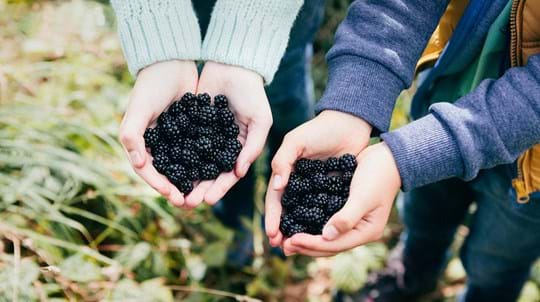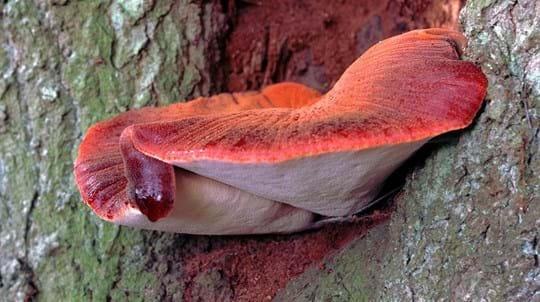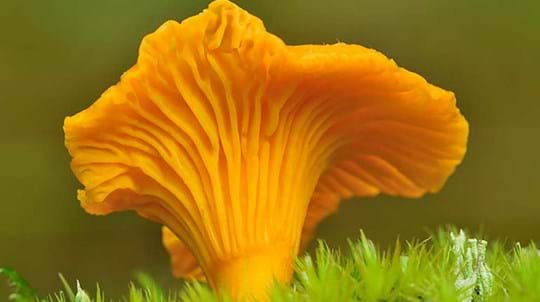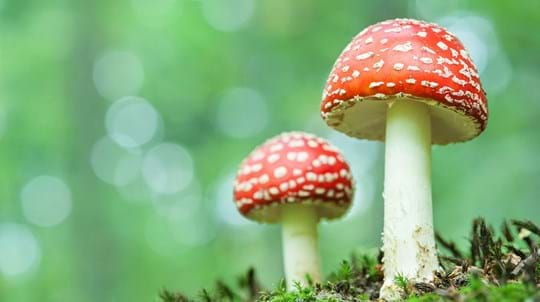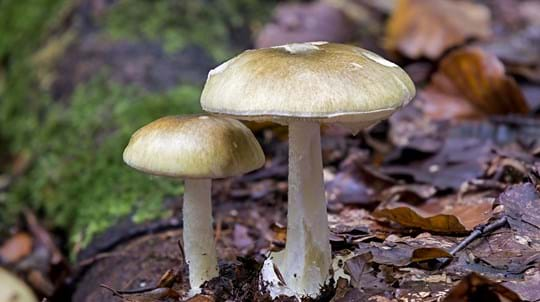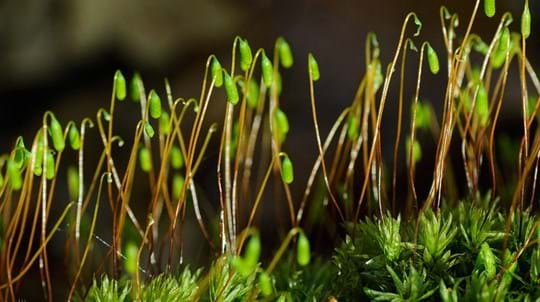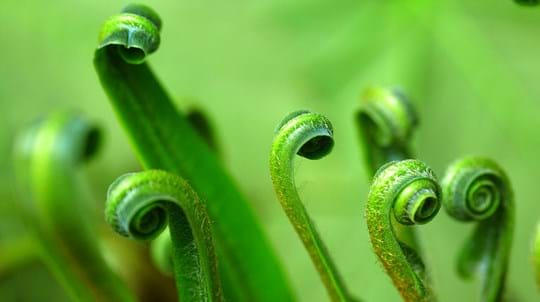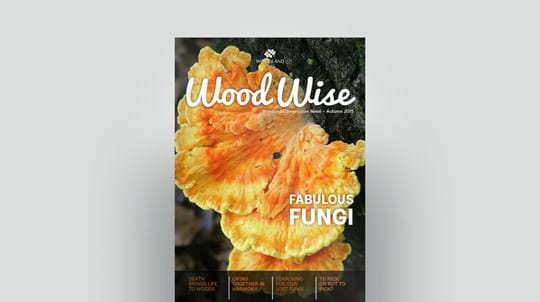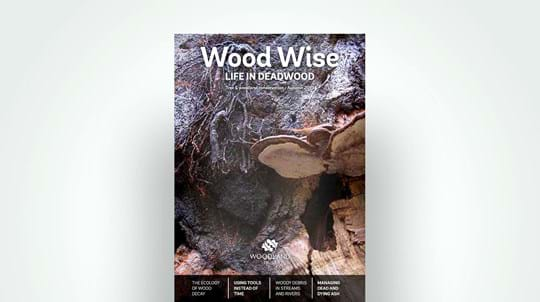
Credit: Alex Hyde / naturepl.com
Where to find velvet shank
Velvet shank is fairly common throughout the UK and is also found in most parts of mainland Europe as well as Asia, North America and North Africa. It grows in dense, tiered clusters on decaying broadleaved trees, particularly elm, the bright orange caps especially noticeable on dark winter days.








